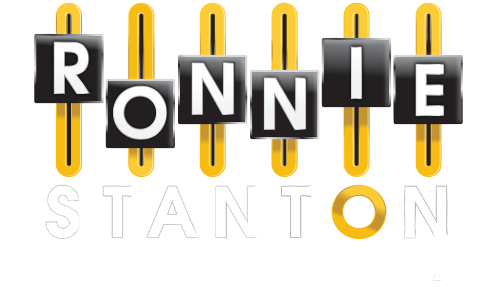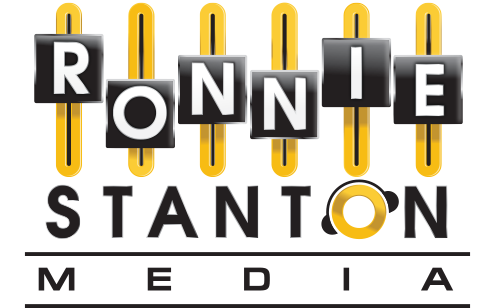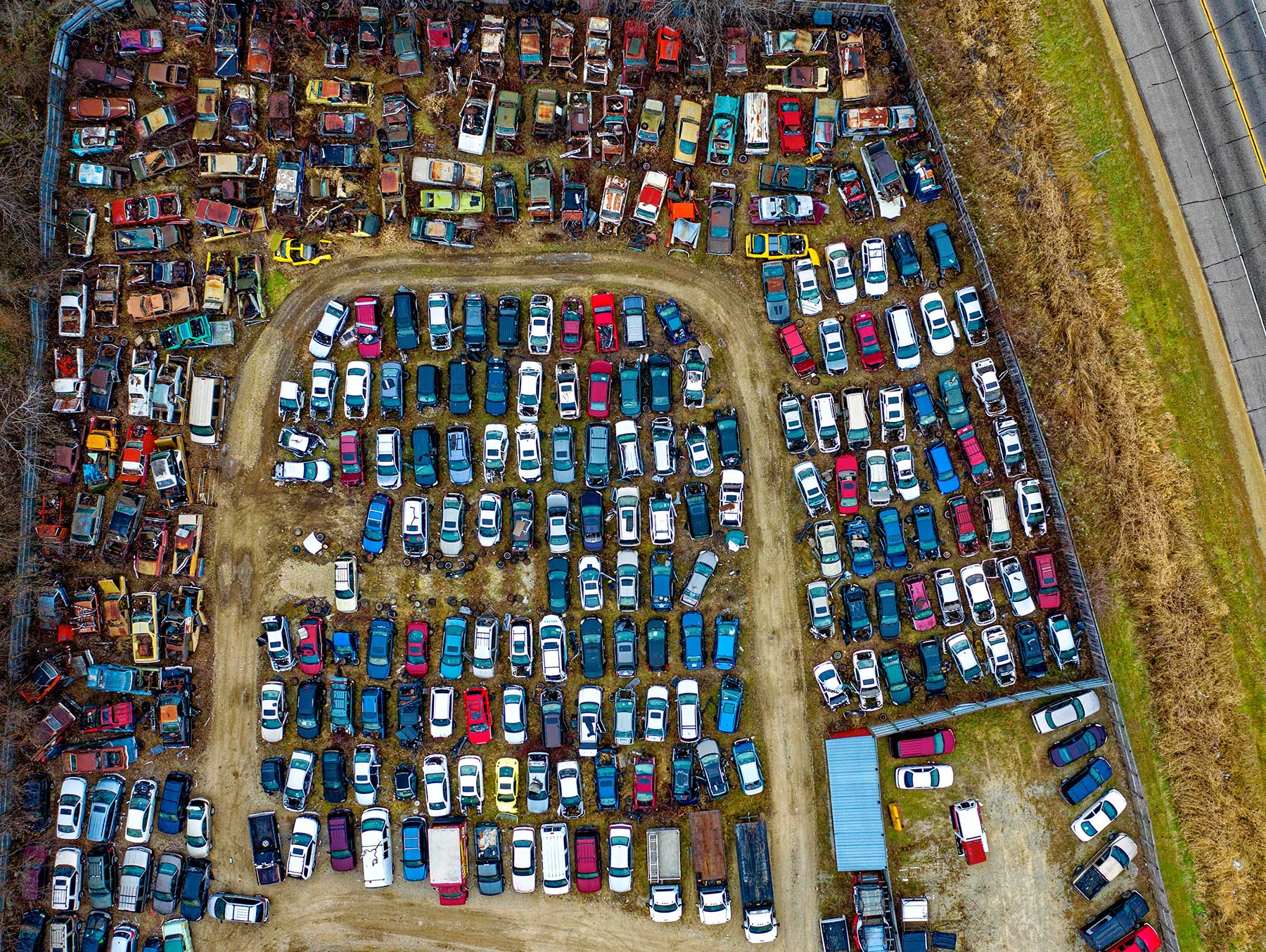Buying a car has always had its…. challenges.
Cheesy salespeople, bad free coffee, test drives with overly chatty, said cheesy salespeople, the uncomfortable pressure of the hard sell, the insult of the under-valued trade in and the get-me-out-of-here need to run screaming from the dealership.
The experience of motor vehicle purchase has come along way though. Commission free yards are appearing with less pushy salespeople (still cheesy usually); improved, free coffee is on the rise and the development of Auto Malls is a growing trend all over the planet. These places allow four wheel fossickers to see a myriad of brands and models in one area rather than driving all over town to compare cars when choosing their new ride.
Surprisingly, it’s actually not a new thing. The first auto mall was in Oklahoma City and opened in the 1920s. ‘Auto Alley’, or ‘A Alley’ as the locals call it, was a one-stop shop for a number of car makes under one roof. It was a booming retail area until the mid 80s when the financial crisis hurt the district badly, but today it has resurged and houses luxury German brands as well as Ford, Chevrolet and Nissan.
The car radio is a mall of sorts too. It houses all the different radio station offerings in a market in a simple to navigate fixture in your dashboard. Favorites can be stored as presents and all the brands are lumped in next to each other.
But the car radio doesn’t house all of our competition any more. The smart phone, Spotify, Apple Music, digital streams, even YouTube are taking ears from us. As new technology takes listening digital and away from the traditional terrestrial stick, we have to continue to ensure we are ubiquitous in reach and we simply must co-operate, as an industry, or face extinction.
The UK (and now Canada) have seen their radio ownership groups come together with Radio Player – an aggregated front that places all of that Country’s offerings of digital streams from stations in front of the audience for them to consume. The US and Australia have seen less cohesiveness and more fracturing in this process with players like iHeart. If there is to be a tomorrow for radio we have to unite on platform and compete on content.
The cream will still rise to the top, and it future-proofs our medium in a scary, new, digital world.


